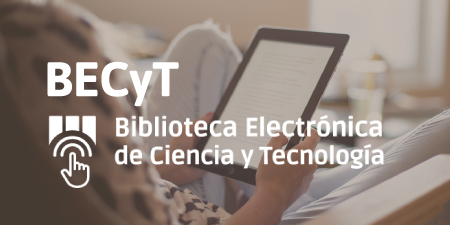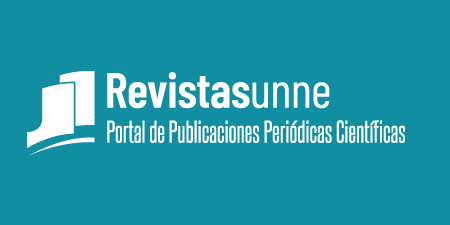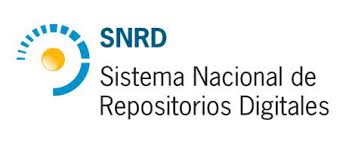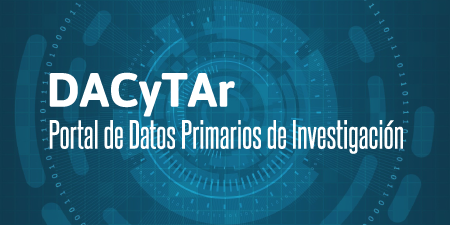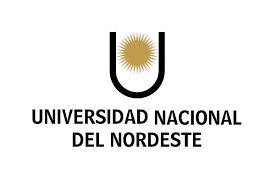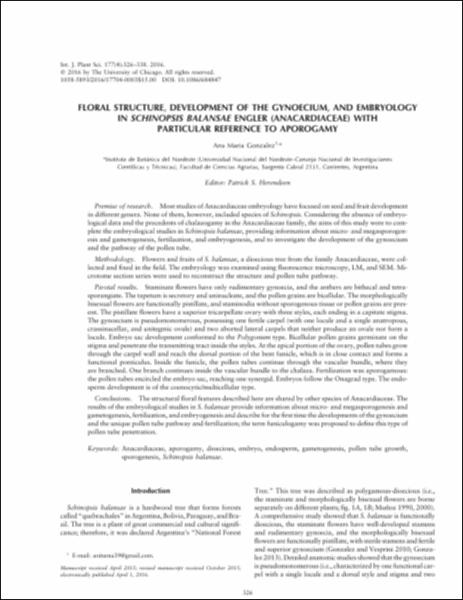Mostrar el registro sencillo del ítem
Floral structure, development of the gynoecium, and embryology in schinopsis balansae engler (anacardiaceae) with particular reference to aporogamy
| dc.contributor.author | González, Ana María | |
| dc.date.accessioned | 2022-05-25T14:59:01Z | |
| dc.date.available | 2022-05-25T14:59:01Z | |
| dc.date.issued | 2016-04 | |
| dc.identifier.citation | González, Ana María, 2016. Floral structure, development of the gynoecium, and embryology in schinopsis balansae engler (anacardiaceae) with particular reference to aporogamy. International Journal Of Plant Sciences. Estados Unidos: University Of Chicago Press, vol. 177, no. 4, p. 326-338. ISSN 1058-5893. | es |
| dc.identifier.issn | 1058-5893 | es |
| dc.identifier.uri | http://repositorio.unne.edu.ar/handle/123456789/47823 | |
| dc.description.abstract | Premise of research. Most studies of Anacardiaceae embryology have focused on seed and fruit development in different genera. None of them, however, included species of Schinopsis. Considering the absence of embryological data and the precedents of chalazogamy in the Anacardiaceae family, the aims of this study were to complete the embryological studies in Schinopsis balansae, providing information about micro- and megasporogenesis and gametogenesis, fertilization, and embryogenesis, and to investigate the development of the gynoecium and the pathway of the pollen tube. Methodology. Flowers and fruits of S. balansae, a dioecious tree from the family Anacardiaceae, were collected and fixed in the field. The embryology was examined using fluorescence microscopy, LM, and SEM. Microtome section series were used to reconstruct the structure and pollen tube pathway. Pivotal results. Staminate flowers have only rudimentary gynoecia, and the anthers are bithecal and tetrasporangiate. The tapetum is secretory and uninucleate, and the pollen grains are bicellular. The morphologically bisexual flowers are functionally pistillate, and staminodia without sporogenous tissue or pollen grains are present. The pistillate flowers have a superior tricarpellate ovary with three styles, each ending in a capitate stigma. The gynoecium is pseudomonomerous, possessing one fertile carpel (with one locule and a single anatropous, crassinucellar, and unitegmic ovule) and two aborted lateral carpels that neither produce an ovule nor form a locule. Embryo sac development conformed to the Polygonum type. Bicellular pollen grains germinate on the stigma and penetrate the transmitting tract inside the styles. At the apical portion of the ovary, pollen tubes grow through the carpel wall and reach the dorsal portion of the bent funicle, which is in close contact and forms a functional ponticulus. Inside the funicle, the pollen tubes continue through the vascular bundle, where they are branched. One branch continues inside the vascular bundle to the chalaza. Fertilization was aporogamous: the pollen tubes encircled the embryo sac, reaching one synergid. Embryos follow the Onagrad type. The endosperm development is of the coenocytic/multicellular type. Conclusions. The structural floral features described here are shared by other species of Anacardiaceae. The results of the embryological studies in S. balansae provide information about micro- and megasporogenesis and gametogenesis, fertilization, and embryogenesis and describe for the first time the developments of the gynoecium and the unique pollen tube pathway and fertilization; the term funiculogamy was proposed to define this type of pollen tube penetration | es |
| dc.format | application/pdf | es |
| dc.language.iso | eng | es |
| dc.publisher | University Of Chicago Press | es |
| dc.relation.uri | https://www.journals.uchicago.edu/doi/epdfplus/10.1086/684847 | |
| dc.rights | openAccess | es |
| dc.rights.uri | http://creativecommons.org/licenses/by-nc-nd/2.5/ar/ | es |
| dc.source | International Journal Of Plant Sciences, 2016, vol. 177, no. 4, p. 326-338. | es |
| dc.subject | Anacardiaceae | es |
| dc.subject | Aporogamy | es |
| dc.subject | Dioecious | es |
| dc.subject | Embryo | es |
| dc.title | Floral structure, development of the gynoecium, and embryology in schinopsis balansae engler (anacardiaceae) with particular reference to aporogamy | es |
| dc.type | Artículo | es |
| unne.affiliation | Fil: González, Ana María. Universidad Nacional del Nordeste. Facultad de Ciencias Agrarias; Argentina. | es |
| unne.affiliation | Fil: González, Ana María. Consejo Nacional de Investigaciones Científicas y Técnicas. Instituto de Botánica del Nordeste; Argentina. | es |
| unne.journal.pais | Estados Unidos | es |
| unne.journal.ciudad | Chicago | es |
Ficheros en el ítem
Este ítem aparece en la(s) siguiente(s) colección(ones)
-
Artículos de revista [535]

